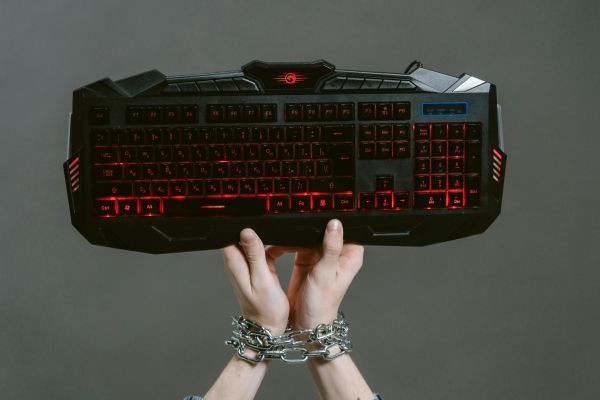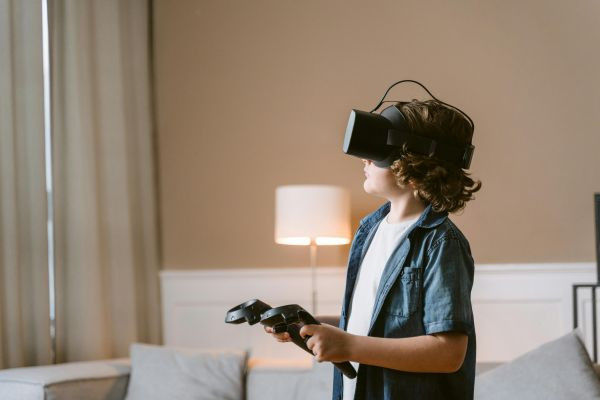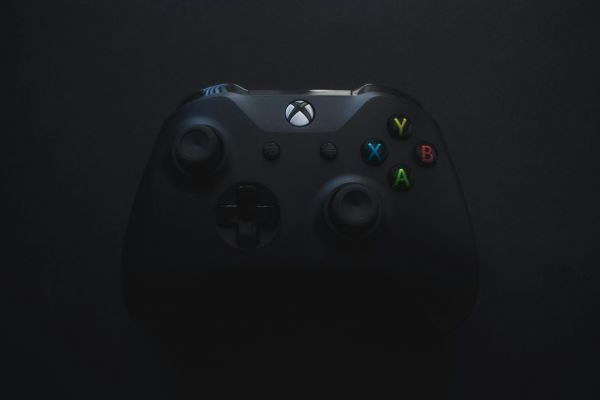Building your own gaming PC is one of the most rewarding and cost-effective ways to create a machine that fits your specific gaming needs.
12/07/24 • 414 Views
Building your own gaming PC is one of the most rewarding and cost-effective ways to create a machine that fits your specific gaming needs. You'll be satisfied with the sense of putting the PC together yourself, and you'll have total control over the components, which ensures that your system is optimized for performance and budget. This guide, step-by-step, takes you through everything that you need to know once you are prepared to embark into the realm of a custom PC building process.
Step 1: Obtain Your Parts
Before actually starting building, you must get all parts. Here's what you'll need to obtain:
CPU: That is also called the brain of your computer and executes all instructions within your computer.
GPU-stands for graphics processing unit: This can be referred to as a video card that performs the very important process of rendering of great graphics of the games in your gaming session.
Motherboard -the main board through which every single component attaches.
RAM-this stands for Random Access Memory that is actually your working memory, whereby all data reaches in a timely and efficient way. For playing, 16 GB is typically the optimum size.
Storage: an SSD must load at a faster pace while having to use a more considerable size HDD for most of your mass storage
Power Supply Unit (PSU): powers the entire system; in buying a PSU, be sure to get more wattage compared to all the rest
Case: case is basically a house that puts every single one of your parts together inside it; good flow and ventilation for those parts.
Cooling System: Fans and/or a CPU cooler to keep your systems cool.
Operating System: Usually Windows for gaming, but be sure to purchase the correct license.
Step 2: Prepare Your Workspace
Building a PC requires a clean, static-free environment. Set up a large, flat workspace with good lighting. You’ll also need a few tools, such as a screwdriver and possibly anti-static wristbands to protect your components from electrostatic discharge (ESD). It's also a good idea to have cable ties handy to organize wires.
Step 3: Install the CPU
Start with the installation of the CPU in the motherboard. This is a delicate process, so handle it with care. Open the CPU socket in the motherboard and align the CPU carefully with the socket. The CPU should only go in one way and require no force. Then close the latch to lock it in place.
Step 4: Install the RAM
Then install the RAM to the motherboard. Locate the RAM slots, usually adjacent to the CPU socket, and align the notches on the RAM sticks with the keys in the slots. Then insert the RAM into the slot and press down firmly until it clicks into place. Make sure that the RAM is installed in the correct slots for dual-channel memory, usually slots 1 and 3 or 2 and 4.
Installation of CPU Cooler Step 5
Installing the CPU cooler is essential for keeping your system cool during gaming sessions. Depending on your choice of cooler, it could be air or liquid cooling. If you’re using a stock cooler, it will likely come with thermal paste pre-applied. If not, apply a small amount of thermal paste to the center of the CPU before attaching the cooler. Secure the cooler in place, ensuring it’s tightly fitted to the CPU.
Step 6: Installing the Motherboard into the Case
Install the motherboard to the case. Place the motherboard's I/O ports over the back of the case and slowly place the motherboard into the case. Ensure it is properly sitting in the mounting standoffs in the case. Then screw it into position using the screws provided.
Step 7: Installing the Power Supply Unit (PSU)
Locate the PSU in its provided mounting space within the case. Often, this is the bottom rear or top rear. Align the PSU to the mounting holes and attach by using screws. Be sure the fan of the PSU draws fresh air. Often this means to orient it so it blows downward.
Step 8: Mount the Storage Drives
Install your storage drives. An SSD would involve mounting to the motherboard with an M.2 slot or mounting into a 2.5-inch bay by screwing it in place. Install an HDD and screw that into a 3.5-inch bay also. Hook up the storage to the motherboard with suitable SATA cable for an HDD or SSD.
Step 9: Install the Graphics Card (GPU)
Arguably the most important component for gaming, the graphics card is next. Locate the PCIe x16 slot on the motherboard and insert the GPU into this slot, gently pushing down until it clicks into place. Secure the GPU to the case with screws to prevent shifting. Do not forget to connect the GPU to the PSU if it requires extra power through 6-pin or 8-pin connectors.
Step 10: Connect the Cables
Most of the hardware components are in place, and the cables are the next step. Here's what needs to be done:
Power cables: Connect PSU to motherboard, GPU, and storage devices.
Front panel cables: These cables connect the power button, reset button, USB ports, and audio ports from the front panel of the case to the motherboard.
Cooling fans: Attach fans to the motherboard or PSU as needed.
Ensure that all the cables are properly connected and routed accordingly for better airflow.
Step 11: Checking the System
It is best to power up your system before closing up the case to ensure everything works well. Power on the supply and press the power button. Fans should start spinning, and there should be a motherboard's logo on the monitor, provided the GPU is properly attached. If everything does not look right, double-check the cables and the placements of all the components.
Step 12: Install the Operating System
Once your system is running, it’s time to install the operating system. Insert a USB drive with Windows or your desired OS and boot from it. Follow the on-screen prompts to install the OS and drivers for your components.
Step 13: Final Touches and Optimization
Now you have successfully installed the OS, and now it's time to install all your driver installations from the motherboard down to your peripherals. You may, at this point, also want an optimized system for gaming purposes through adjustment of performance settings within your BIOS to make sure that the entire system is running at its best.
Conclusion:
Building a gaming PC can sound very intimidating, but, in the end, it's a process that is really achievable with the right components and a bit of patience. You will be able to create your powerful, customized gaming machine that responds to your performance needs and budget. You not only will save some cash but, more importantly, gain practical knowledge on how your PC works to upgrade and maintain in the long run. Have fun and enjoy hours and hours of gaming in the immersion of gameplay with your newly constructed gaming computer!









